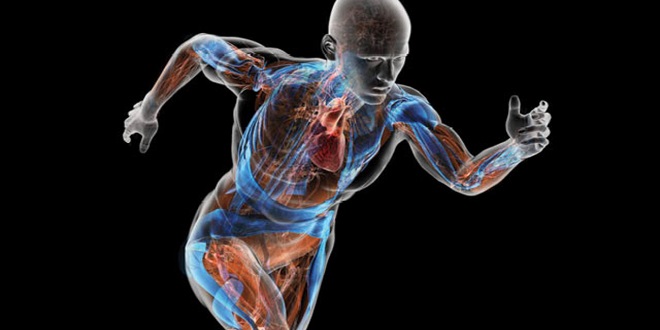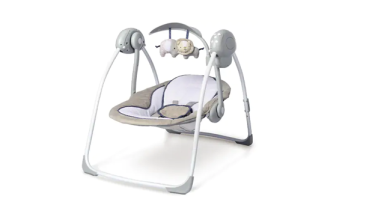
Focuses on the body’s movement system. It includes a brief overview of relevant anatomy, the nervous system, and how the brain ties it all together in a chosen activity, resulting in greater efficiency and movement quality. We break down the stages of learning new movements and provide simple tips for how to engage this learning and why it is important. We offer examples and movement explorations to highlight how yoga therapy helps you work more skillfully with the nervous system in order to create more options in all of life’s activities.
Overview of the Movement System
We move all the time. Many of our movements may be unsound, habitual, and automatic, but they are still movements. We even move in our sleep. What is the system that guides and informs those movements? What we believe about the movement system has not changed in roughly 100 years. What has changed is our view of how much each component of the movement system contributes to the entire action. The movement system has three fundamental parts.
Bones, Muscles, and Fascia
The musculoskeletal system is made up of the skeleton, muscles, ligaments, tendons, and fascia. A human skeleton consists of 206 bones and there are approximately 650 muscles. Traditionally, muscles and bones have received the most attention in the musculoskeletal part of the movement system. It is easy to understand why. We can see muscles under our skin and we can feel the bones of the skeleton in several places on our body. When scientists initially dissected cadavers, they divided the body where it seemed to make sense: muscles were attached to bones by tendons and bones were met at joints.
Nervous System
The more we learn about the nervous system, the more we realize how much it influences our actions and behavior. Puzzle-solving is one of its main roles in the movement. It may be solving how to avoid pain, learning a new movement, or improving a habitual pattern. This section’s emphasis is on the impact of the nervous system on the whole human being and talks about the central and peripheral nervous systems, as well as the sympathetic and parasympathetic branches of the autonomic nervous system.
The nervous system is divided into the central nervous system (CNS) and peripheral nervous system (PNS) . The CNS consists of the brain and spinal cord, while the PNS consists of the nerves and ganglia (nerve bundles) that are outside the CNS. To simplify, we can say that the CNS receives and integrates information from the PNS and then decides what to do with that information.
Efficient Movement: What It Is and How It Benefits Us
Efficient movement is what everyone wants. But what is it and how is efficient movement different from effective movement? First, let’s make clear that we are all moving with the maximum efficiency our nervous system allows. That is, we do our best with the resources we are aware of—not necessarily the resources that we have. The nervous system solves the problem of doing something or moving toward or away from something, in the most efficient way it can. To accomplish a task in the most efficient way possible, the puzzle-solving machine of the nervous system figures out the best method based on the resources available, the context the task has to be completed, and several other factors. If you complete the task, you could say it was performed effectively.
Last word
This is not the same as being efficient. Effective just means that you produced the intended result, while efficient means that you completed the task with little wasted time or effort. That is a big difference.




